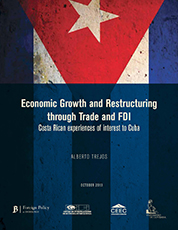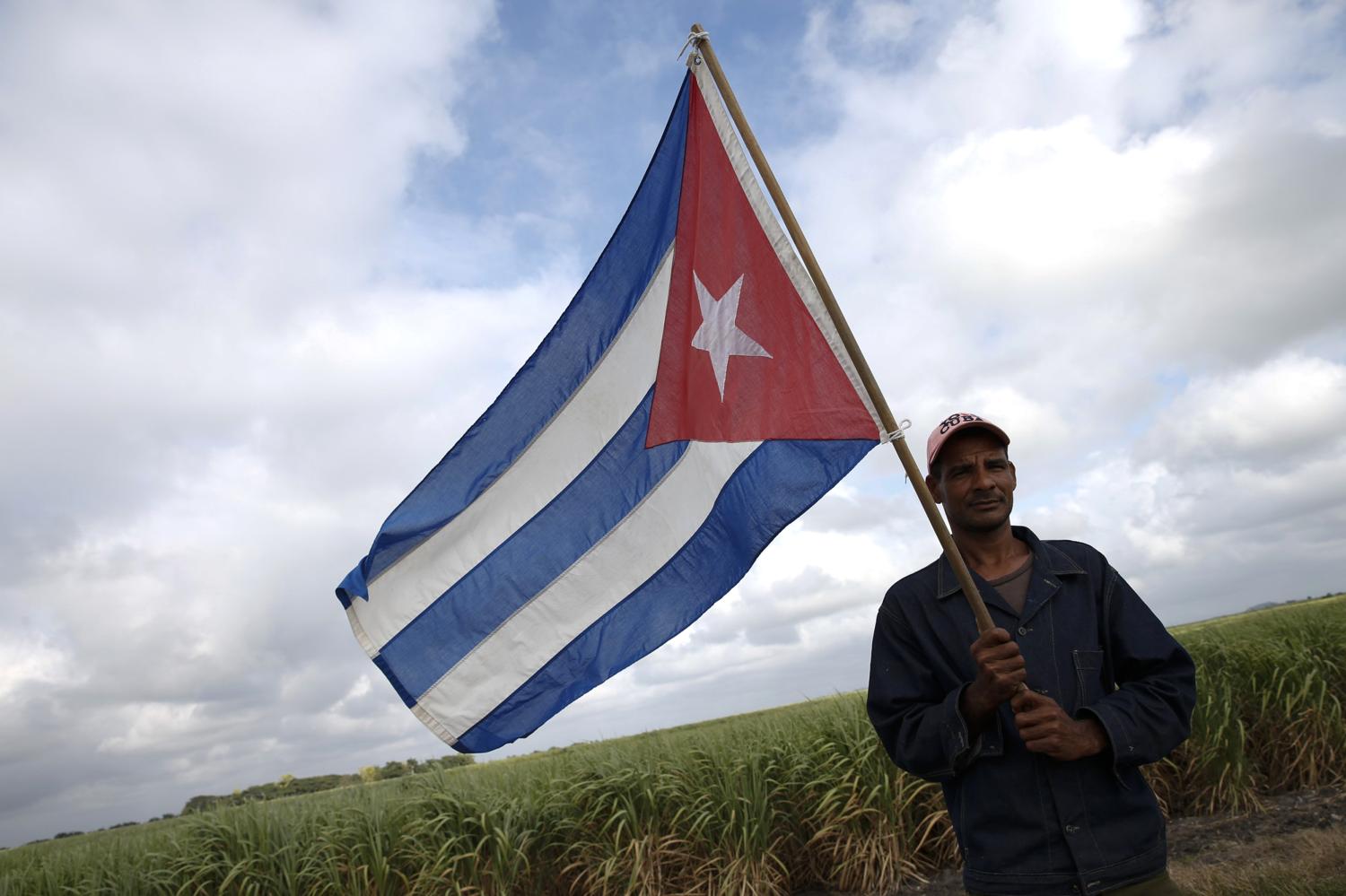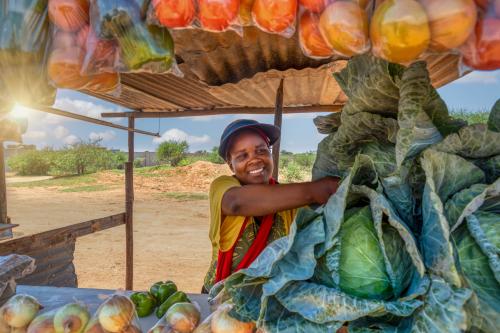 In Economic Growth and Restructuring Through Trade and FDI: Costa Rican Experiences of Interest to Cuba, Alberto Trejos examines the Costa Rican development experience over the last 30 years and offers the most salient elements of its success for consideration in forming Cuban economic policy.
In Economic Growth and Restructuring Through Trade and FDI: Costa Rican Experiences of Interest to Cuba, Alberto Trejos examines the Costa Rican development experience over the last 30 years and offers the most salient elements of its success for consideration in forming Cuban economic policy.
Despite years of effort and the implementation of a myriad of development strategies, no country in Latin America is developed or even close to it, a stark reminder that the job is hard and largely pending. However, Costa Rica presents an example of important progress, particularly through the internationalization of its economy after economic reform beginning in the mid-1980s.
Over the last three decades, Costa Rica has fairly consistently implemented significant reform in its trade and foreign investment policies, among other related policy areas. This yielded some valuable results in terms of the volume and composition of its exports, the sectorial composition of its economy, and the volume and nature of the foreign direct investment (FDI) it attracts. As a result of these policies, it ranks second in Latin America in terms of cumulative output growth (PPP) in the three decades after 1980, and first in the proportional fall of its extreme poverty rates. Costa Rican progress can be largely attributed to this trade and investment performance.
Costa Rica’s experience is an interesting case study in and of itself, but more importantly serves as a useful comparison in discussing policies aimed at the growth prospects of one of its Caribbean neighbors: Cuba.
Key similarities between Costa Rica and Cuba:
- Both nations place a high value on the role of the state in promoting more equity in income distribution.
- While Costa Rica has moved away from its past leanings toward central planning, the country has not shared the privatization impetus of the rest of the region and still holds a very large fraction of its economy in the form of state-owned enterprises.
- Minerals and fossil energy resources play a small role in Cuba’s resource endowment, as in Costa Rica but unlike most of the region. Therefore both countries must confront their growth challenges while facing deteriorating terms of trade; both growth and significant change in the industrial composition of output and exports are necessary in order to further their development objectives.
- Human capital is at the forefront of each country’s development strategy. Employment must improve in quantity and quality, along with the creation of economic conditions that reduce incentives to emigrate. These are parallel challenges on which Costa Rica has performed well, largely due to its export performance and ability to attract the right kind of FDI.
This paper was prepared for a series of expert workshops on Cuban economic change in comparative perspective organized by the Foreign Policy Latin America Initiative at the Brookings Institution and the University of Havana’s Center for the Study of the Cuban Economy and the Center for the Study of the International Economy. It was presented at an experts’ seminar in Washington, D.C., on May 28, 2013 and subsequently revised.
The Brookings Institution is committed to quality, independence, and impact.
We are supported by a diverse array of funders. In line with our values and policies, each Brookings publication represents the sole views of its author(s).




